Multimedia communication students at Ho Chi Minh City University of Technology during a practical class at the school's studio_Photo: tuoitre.vn
The readiness of a country or territory for AI technology is assessed through three pillars - government , technology and data infrastructure. In 2021, for the first time, Vietnam's AI readiness index reached 51.82/100, surpassing the global average of 47.72; a jump of 14 places compared to 2020 (1) . This index continuously increased in 2022 and 2023. This data not only reflects the development of artificial intelligence technology, but also shows the trend of forming an artificial intelligence industry in Vietnam, marking a new era, an era of national development.
In that context, AI is not only a support tool but is gradually reshaping many areas in society, including journalism and media. If in the past, the process of producing a news or reportage depended entirely on humans, now AI can automatically write articles, create images, edit videos , and even suggest content for each reader. The increasingly widespread presence of AI brings great opportunities to the journalism and media industry, but at the same time, it also poses significant challenges. In the face of this rapid change, the training of human resources for journalism and media cannot stand aside.
Some impacts of AI on journalism and media activities
The development of AI is bringing many positive changes to journalism and media activities. According to a report by the Reuters Institute (UK), by 2024, more than 75% of major newsrooms in the world have applied AI to news production stages. This shows that AI is becoming an indispensable part of the modern journalism industry (2) . It is clear to see some of the positive effects AI brings to journalism and media activities, including:
AI participates in the creative process, helping to optimize the content production process.
AI is increasingly proving to be a central factor in optimizing the process of producing press and media content, by directly participating in the creative stages. One of the most prominent impacts of AI in this field is the ability to automate the production process. Previously, writing news had to go through many manual steps, from reporters gathering information, editors processing content, to technicians editing images and videos, but now, many of these steps have been effectively handled by AI.
A typical example is Heliograf - the automated news writing system of The Washington Post. This system created more than 300 sports news during the 2016 Rio Summer Olympics, helping to shorten production time and ensure accuracy based on real-time data. AI continued to be used effectively by this newspaper in reporting on the 2016 US Presidential election. With Heliograf, journalists only need to monitor the output, while AI takes care of all the initial drafting, helping to save time while still ensuring accuracy (3) . In Vietnam, VnExpress e-newspaper has also pioneered the application of content recommendation systems, personalizing experiences and monitoring performance, thereby improving the work efficiency of the editorial office.
AI not only participates in the writing of news, but also contributes to the content creation process through data analysis and trend prediction. AI tools are capable of scanning thousands of documents, social media and news sources to detect keywords, public opinion trends or outstanding interests of readers. This helps reporters and newsrooms make strategic decisions in choosing topics, approaches and publishing times, thereby increasing the ability of journalistic content to spread.
Platforms like Google Trends and BuzzSumo that combine AI to analyze user behavior are becoming familiar tools in the pre-production stage of journalism and media. In the post-production stage, AI continues to demonstrate its power through text editing, plagiarism checking, language optimization, and content presentation improvement. Tools like Grammarly, Quillbot, or AI integrated in CMS not only correct spelling errors, but also suggest more coherent expressions that suit the editorial style and target audience. In addition, optimizing titles and keywords according to SEO standards thanks to AI algorithms has helped increase the visibility of articles on search engines and social media, thereby attracting more readers without manual intervention.
Notably, AI also supports journalists in developing new and vivid forms of expression such as illustrations, videos, and data graphics. Thanks to tools such as Midjourney, Adobe Firefly, or Runway ML, reporters can quickly create illustrations or video clips from text descriptions without requiring specialized graphics skills. These tools not only play a technical support role, but also directly "empower" creativity, helping each journalist become a multimedia "producer". Instead of waiting for the design department, journalists can proactively come up with graphic ideas from the planning stage.
It can be seen that the automation of functions has reached the final stage of the news production process and more and more media outlets are adopting computer-generated news. “Automation replaces journalists with algorithms - not as a threat, but as a new way of building stories” (4) .
AI helps personalize, analyze user data and improve the level of interaction between press agencies and readers.
Today, journalism is not only a story of content, but also a story of user data. Every click, time spent on an article, access device or news reading habits by time of day… can all be recorded, analyzed and converted into input information for journalism content production activities by system. This is the basis for journalism to apply AI to the process of personalization, analysis of user data and increase public interaction. This is one of the breakthrough features of modern journalism.
First of all, AI plays a key role in analyzing user behavior to personalize press content. Unlike traditional press that provides mass information, modern press - the biggest advantage of which is online newspapers - can provide a completely different reading experience for each individual. By tracking clicks, reading time, favorite sections, or even access time frames, AI can build a detailed reader portrait. From there, the system recommends appropriate content, adjusts the display interface, and even suggests titles and lengths of works according to each person's information intake preferences.
A concrete example that shows the effectiveness of personalization is the article recommendation system “you may be interested in” displayed at the end of each online newspaper. Initially, this was just a list of the latest or most popular articles. However, when AI is integrated, the system can “learn” from the user. For example, if you often read about education, the recommendation section will prioritize articles in the education category, with a similar reading time, or written by authors you have read before. From there, the reader experience becomes smoother, with the feeling that “the press understands you”, increasing the level of engagement and return to the editorial office.
AI helps improve the effectiveness of content outreach by helping newsrooms track real-time news reading trends. Platforms such as Google Trends, or internal data from content management systems (CMS), are analyzed by AI to determine which topics are attracting the most interest at each time frame. As a result, newsrooms can adjust their publishing strategies, increase visibility, and reach readers at the right time.
AI contributes to significantly improving the level of interaction between readers and the newsroom. Not only stopping at "suggesting what to read next", AI also opens up the possibility of direct interaction through news chatbots. For example, Thanh Nien Newspaper has launched the "Smart Newspaper" project using AI to read and respond to news according to user requests, helping to save time and improve reader satisfaction. "The number of users of the "Smart Newspaper" feature has increased to 16,000 accounts, with about 4,000 new users each month and about 6,000 interaction requests each week" (5) . This is clear evidence that AI can become an effective bridge between press content and the public. In addition, AI also supports the newsroom in optimizing content marketing strategies, improving SEO performance and information security - key factors for the press to develop sustainably in the digital environment.
Guests experience reading newspapers using Thanh Nien Newspaper's artificial intelligence virtual assistant_Photo: thanhnien.vn
AI changes roles and promotes modern journalism thinking
In the digital environment, the role and mindset of journalists are undergoing profound transformation under the impact of AI. Unlike traditional journalism with a closed production process, less directly affected by user data, modern journalism requires journalists to adapt to a digital ecosystem and AI plays the role of a supporting partner. First of all, modern journalists are not just writers, but also creators of multimedia content to convey information in an engaging way. In new forms of journalism such as Longform, Megastory or visual journalism, the structure of articles is not only based on traditional writing techniques, but also built on reading behavior and content consumption habits on digital platforms. This requires journalists to change their mindset from "information providers" to "information experience designers".
This change is not only theoretical, but has also been verified by practical implementation models around the world. In Italy, the newspaper Il Foglio has deployed a completely AI-written newspaper supplement, 4 pages a day for a month, then maintained periodically. In the UK, The Independent uses Google's Gemini language model to summarize articles in the "Bulletin" service, under the supervision of journalists. These models show how journalists are collaborating with AI to provide reliable information, both quickly and ensuring authenticity. In this, AI does not replace journalists, but "facilitates" them to focus on editing, checking context, verifying facts and ensuring ethical content.
Another fundamental change is the mindset of continuous updating. Previously, journalists could finish their work once they published an article. But now, with real-time data analysis tools, AI supports monitoring the performance of articles after they are published, from the number of views, dwell time to reader feedback. As a result, journalists can flexibly adjust headlines, add information or update new details to extend the life of the article. This "flexible publishing" model requires journalists to accompany their products both before and after publication.
It can be seen that AI does not eliminate the role of journalists, but on the contrary, is redefining that role. Modern journalists not only write and take photos but also have to understand data, technology and content design thinking. AI becomes a companion, not a replacement but a driving force for journalists to become more flexible, creative and adaptable to today's digital media landscape.
Despite its many benefits, AI also poses many challenges and negative consequences for the field of journalism and media. AI-generated content, though fast and rich, often lacks depth, emotion and intuition - the elements that make up the identity of journalism. AI abuse can lead to the spread of fake news on a large scale, especially through technologies such as deepfake and chatbots. When misinformation spreads quickly and is difficult to control, trust in mainstream journalism will be eroded. In addition, excessive personalization of content based on algorithms causes readers to fall into an "information bubble", only accessing what suits their personal views, reducing their ability to think critically. AI can replace some traditional roles in the newsroom, raising concerns about the job position and role of journalists. Therefore, modern journalism needs to be cautious with AI, using it as a support tool, not a replacement for humans.
Some proposals for training human resources in journalism and media in the current context
The rapid development of AI has brought about fundamental changes in the field of journalism and media. Along with the positive impacts are a series of ethical, technological and legal challenges, especially in the context of the legal corridor in Vietnam that is still in the process of completion. In that context, training of human resources in the journalism and media industry must change from the root.
First of all , the training mindset needs to shift from teaching traditional journalism skills to equipping comprehensive capacity in the digital media environment. Training contents include: multimedia content creation, technological thinking, data analysis capacity, media ethics, etc. In which, digital skills and AI capacity become mandatory requirements.
Although AI has been increasingly influencing each step and stage in the production process of press and media products, the application of AI is still lacking in synchronization among departments in the newsroom. This comes from the uneven awareness and skills in using AI among journalists, most of whom are self-taught and lack formal training. This reality requires journalism and media training institutions to not only innovate their training thinking, but also make knowledge and skills in using AI a fundamental subject in journalism and media training programs. For fields of study that require more specialized skills, it is necessary to integrate advanced content, linking theoretical training with practice of specific AI tools, suitable for each line of multimedia communication products.
For journalism training programs, including content such as "AI in journalistic content production", "Exploiting AI tools for each type of journalism" should be considered to become a mandatory part of the training program framework. This not only helps narrow the generation gap in technology use, but also contributes to improving coordination efficiency in practical operations at the newsroom. In addition, training activities need to be differentiated according to professional characteristics, such as: For news genres, AI can be applied at a high level; for investigative reporting genres, it is necessary to have tighter control and post-control skills...
Second, the training program needs to be interdisciplinary, connecting journalism, media with information technology, data science, digital marketing, etc., moving towards standardizing knowledge and thinking in using AI to limit dependence and misuse of tools. The fact that a large number of journalists currently use AI mainly based on personal experience, lacking orientation or basic understanding shows the urgency of standardizing the capacity to use digital technology.
The situation of “knowing but not understanding” or “using but not controlling” is fraught with many risks, from misuse of tools to abuse of AI in inappropriate situations. Therefore, training should not only stop at introducing tools, but also aim to form a mindset of selective and responsible use of technology. Journalism and communication students need to be familiar with concepts such as machine learning, training data, the working mechanism of chatbots or image content generators, etc., so that they not only know how to use but also know how to evaluate, criticize and exploit AI safely and effectively.
In addition, when the training program is integrated in an interdisciplinary direction, students are equipped with knowledge of journalism, communication, information technology, data science, digital marketing, etc., which will help students not only know how to create content, practice writing, filming, editing skills, etc., but also understand how AI works, analyze user data, and build effective communication strategies.
In fact, although AI can quickly generate text, image, and video content, the quality of these products still falls significantly short of the professional and aesthetic requirements of modern journalism and media. A segment of the public now believes that AI-supported content often lacks depth, has a rigid writing style, and is not flexible in its implementation (6) . This requires training journalism and media students not only in the "creating content with AI" stage, but also in editing, verifying, and recreating AI-provided content. This "post-check" skill is what distinguishes machine-made content from high-quality journalism products. In teaching, it is necessary to incorporate exercises such as: "Comparing content written by AI and humans", "Re-editing text from AI", or "Detecting semantic and logical errors in AI-generated articles"... Thereby, students are trained in editing and creativity, turning AI into a support tool, not a replacement.
Third , students need to be trained in critical thinking, analytical thinking, and information verification skills, because these are skills that AI cannot replace but are extremely essential in the age of chaotic information. The development of AI is not only a technical story, but also a major challenge in terms of ethics and law in journalism and media. When AI can create content that seems "authentic" but is not verified, the risk of spreading fake news and misleading content is very high if not controlled. Given this situation, it is necessary to include content on digital journalism ethics in the training program. Students need to clearly understand the principles, such as: Information transparency, respect for privacy, disclosure of content sources... At the same time, it is necessary to practice skills in handling situations, such as: Detecting fake content created by AI, determining responsibility when errors occur, or when AI "exaggerates" information beyond control.
In addition, journalism and communication students need to develop the ability to use localized tools and think independently in technology. A strategic issue is the over-reliance on foreign-developed AI tools, making it difficult for Vietnamese press to secure data, control content and ensure cultural appropriateness. The popular use of tools such as ChatGPT, Grammarly, Canva AI, etc., although convenient, also reveals limitations, not personalized to Vietnamese readers, and not reflecting the characteristics of local language and culture. This requires training journalism and communication students not only to know how to use tools, but also to have the mindset to develop or adjust tools to suit the Vietnamese context. Subjects related to “User Experience (UX) Design”, “Customizing AI for Local Language - Data”, or “Assessing the Cultural Impact of AI Content” should be included in the training program to inspire creativity and technology mastery in the new generation of journalists.
Journalism and media lecturers also need to be trained and updated with new knowledge about technology and digital media. This is a prerequisite for innovating teaching content and methods in schools. After all, the capacity, awareness and qualifications of the teaching staff are still the most important factors, determining the quality of training human resources for journalism and media in the current volatile context.
It can be seen that AI is creating a major turning point in the field of journalism and media, bringing both opportunities and challenges. To adapt, human resource training needs to be strongly innovated, not only equipping skills but also developing technological thinking, data capacity and professional ethics. Training institutions need to play a pioneering role in updating programs, teaching methods and strengthening practical links with press and media agencies. Only when there is a generation of journalists with solid expertise, good technology and deep understanding of the context, can we master AI, take advantage of its power to serve the interests of the community and protect the core values of journalism./.
--------------------------
(1) Oxford Insights (UK): Report “Government AI Readiness Index 2022 .
(2) See: ThinkTank VINASA: Vietnam in the digital transformation era , World Publishing House, 2022.
(3) See: Liu Wen Yong, Diep Ngon (translator): AI in action - A comprehensive revolution in education , Industry and Trade Publishing House, 2025.
(4) See: Túñez-López, M., Toural-Bran, C., & Valdiviezo Abad: “Automation, bots and algorithms in newsmaking. Impact and quality of artificial journalism”, Revista Latina de Comunicación Social , 2019, 74, pp. 1411 - 1433
(5) Ngoc Ly: “Journalist Nguyen Ngoc Toan, Editor-in-Chief of Thanh Nien Newspaper: The relationship between the press and businesses is a symbiotic relationship”, Thanh Nien Newspaper, 2023 , https://thanhnien.vn/nha-bao-nguyen-ngoc-toan-tong-bien-tap-bao-thanh-nien-moi-quan-he-giua-bao-chi-va-doanh-nghiep-la-moi-quan-he-cong-sinh-185230617194253703.htm?utm_source=chatgpt.com
(6) Dr. Pham Thi Mai Lien and a group of students from the Academy of Journalism and Communication: Results of a public opinion survey within the framework of the topic "Application of artificial intelligence in creating electronic newspaper works in Vietnam today", 4-2025.
Source: https://tapchicongsan.org.vn/web/guest/nghien-cu/-/2018/1094602/tri-tue-nhan-tao-%28ai%29-va-nhung-van-de-dat-ra-trong-dao-tao-nguon-nhan-luc-bao-chi%2C-truyen-thong-hien-nay.aspx


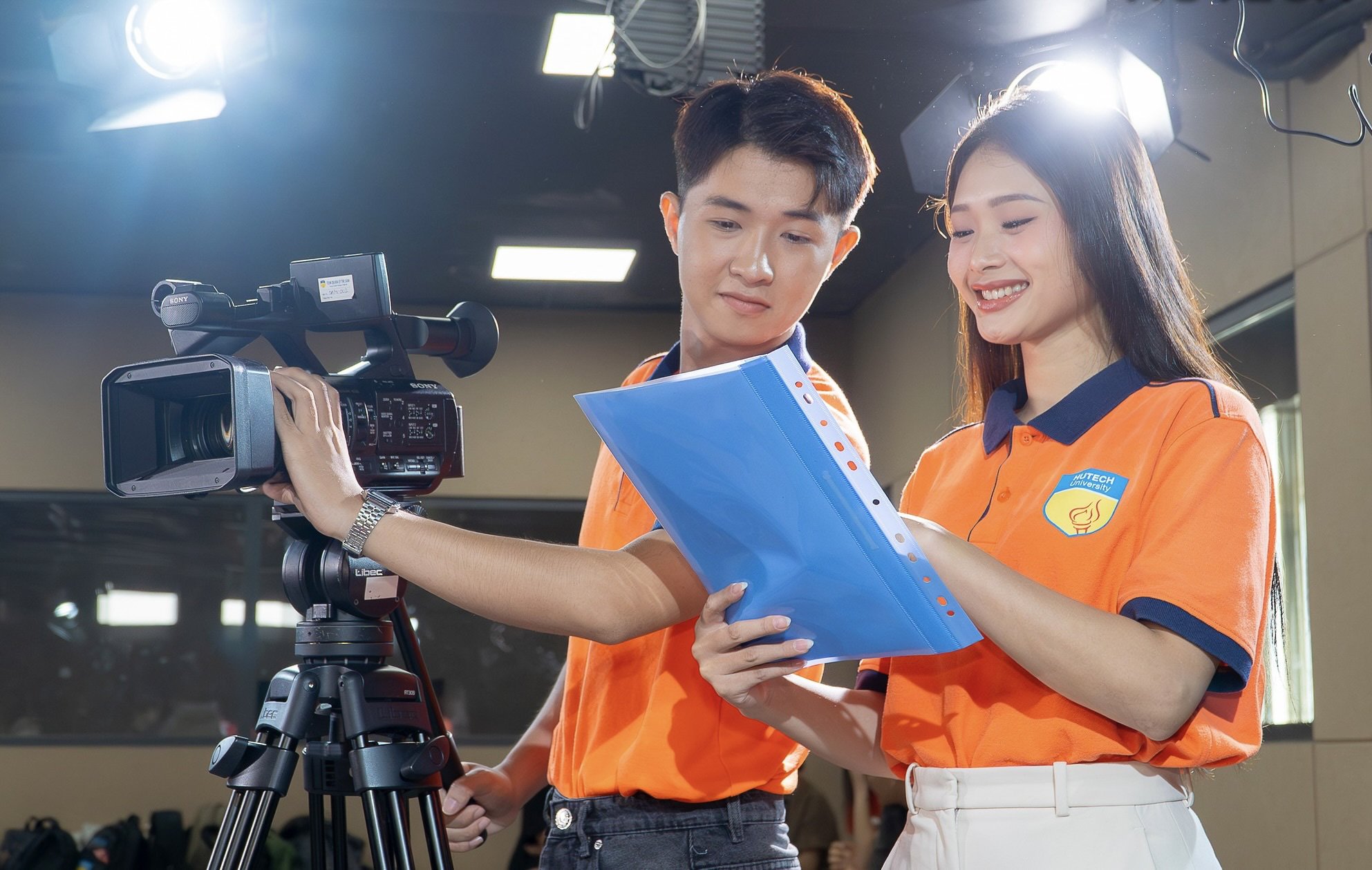
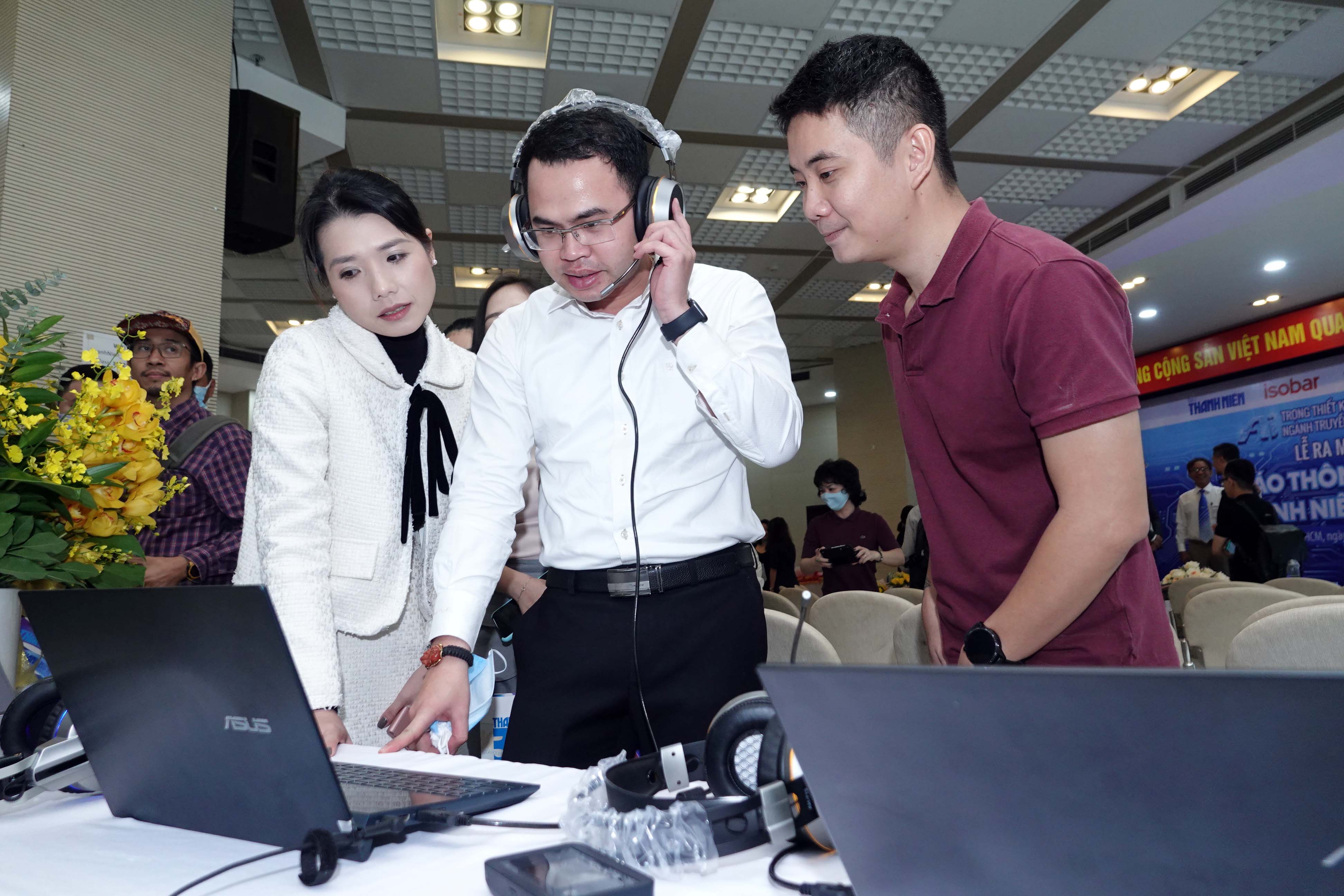



![[Photo] Highways passing through Dong Nai](https://vphoto.vietnam.vn/thumb/1200x675/vietnam/resource/IMAGE/2025/11/12/1762940149627_ndo_br_1-resize-5756-jpg.webp)
![[Photo] Prime Minister Pham Minh Chinh attends a conference to review one year of deploying forces to participate in protecting security and order at the grassroots level.](https://vphoto.vietnam.vn/thumb/1200x675/vietnam/resource/IMAGE/2025/11/12/1762957553775_dsc-2379-jpg.webp)



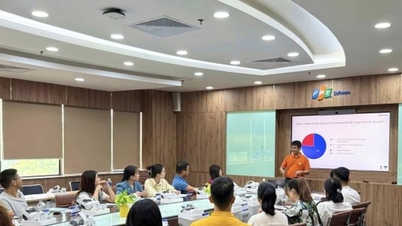
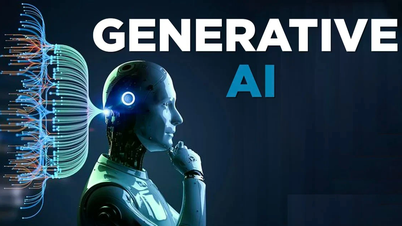








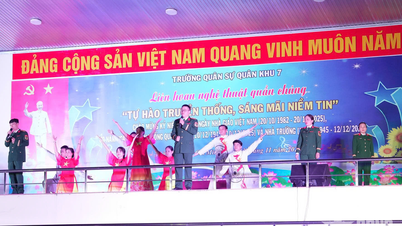












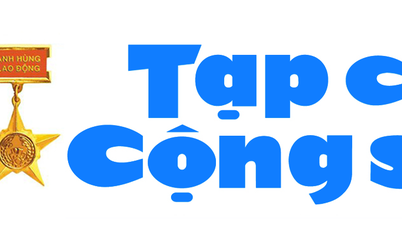














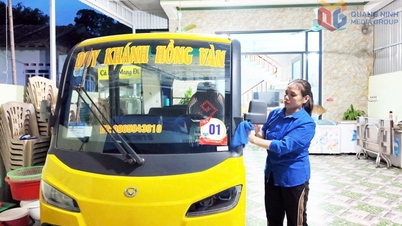








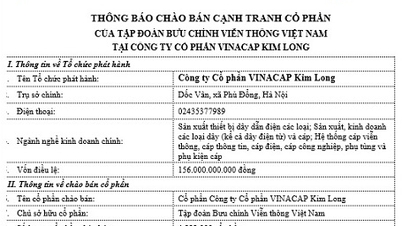
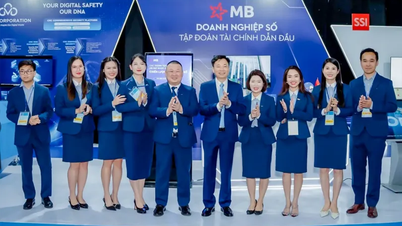





















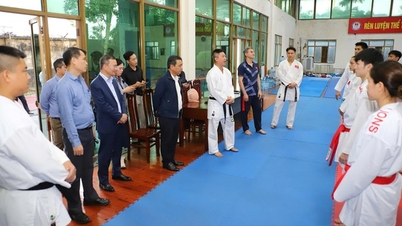






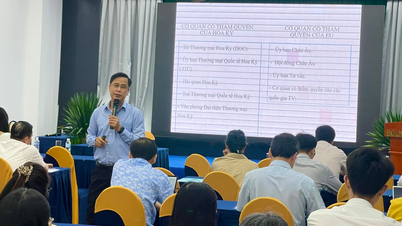













![Dong Nai OCOP transition: [Article 3] Linking tourism with OCOP product consumption](https://vphoto.vietnam.vn/thumb/402x226/vietnam/resource/IMAGE/2025/11/10/1762739199309_1324-2740-7_n-162543_981.jpeg)







Comment (0)